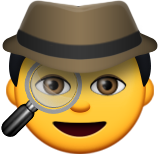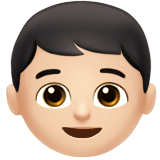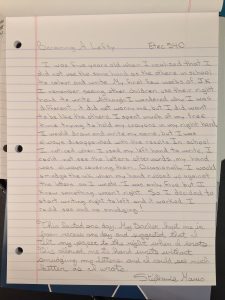Curating the song list for the famous Golden Record was no easy task, knowing how subjective it is for one person alone to complete. Nevertheless, I have chosen 10 songs below that maintains the cultural diversity initially intended with the original list and I have also chosen all but 2 songs that contain both voices and instruments, hoping to showcase human voices just as much as instrumental sounds. I have also focused my selection ensuring a variety of rhythms and instruments were showcased in this tiny representation of the world, acknowledging that almost ALL of the worlds creative productions have been excluded from selection.
As mentioned by Timothy Ferris, we would be able to include more now, but more wouldn’t necessarily mean better he postulates. I propose, perhaps more CAN be better. More could showcase even greater human diversity, a more holistic representation of humans on earth. We could focus on including more songs that demonstrate the human vocal range and a narrative of the meaning of songs for example.
Without being fully educated and having a profound understanding of all cultures around the world, one single person cannot accurately select a sample of music to represent everyone and every artistic production. My goal with the short list below was so communicate a snap shot of the era, using a sampling of voices, rhythms and instruments while trying to represent works from most of the worlds continents.

The Earth’s Top 10 as of 1977 – selected by Stephanie M.
EUROPE – Mozart, The Magic Flute, Queen of the Night aria, no. 14. Edda Moser, soprano. Bavarian State Opera, Munich, Wolfgang Sawallisch, conductor.
EUROPE – Beethoven, Fifth Symphony, First Movement, the Philharmonia Orchestra, Otto Klemperer, conductor.
ASIA – Georgian S.S.R., chorus, “Tchakrulo,” collected by Radio Moscow.
ASIA – India, raga, “Jaat Kahan Ho,” sung by Surshri Kesar Bai Kerkar.
AUSTRALIA – Australia, Aborigine songs, “Morning Star” and “Devil Bird,” recorded by Sandra LeBrun Holmes.
AUSTRALIA – Solomon Islands, panpipes, collected by the Solomon Islands Broadcasting Service.
NORTH AMERICA – Bach, “Gavotte en rondeaux” from the Partita No. 3 in E major for Violin, performed by Arthur Grumiaux.
NORTH AMERICA – “Dark Was the Night,” written and performed by Blind Willie Johnson.
AFRICA – Senegal, percussion, recorded by Charles Duvelle.
SOUTH AMERICA – Peru, wedding song, recorded by John Cohen.














 =
= 








